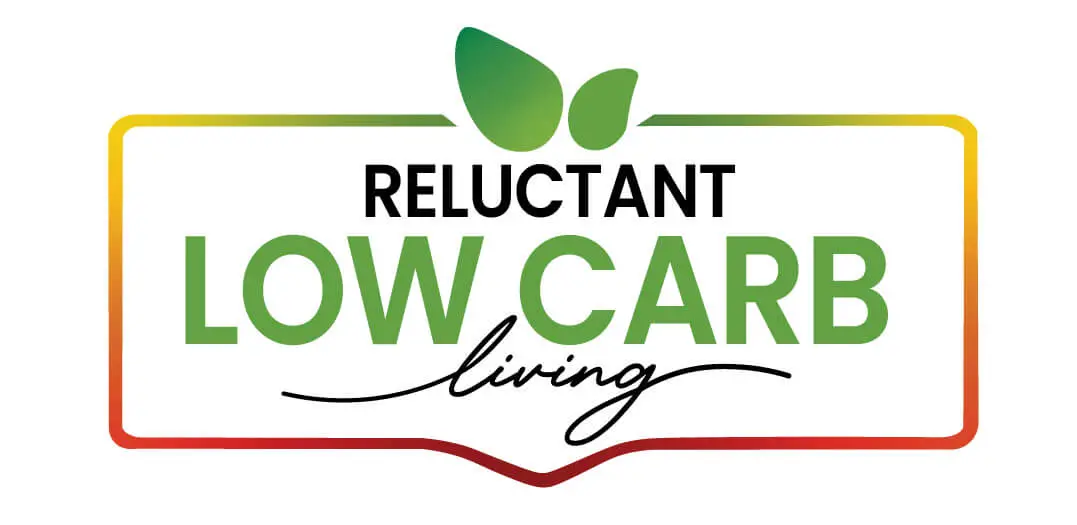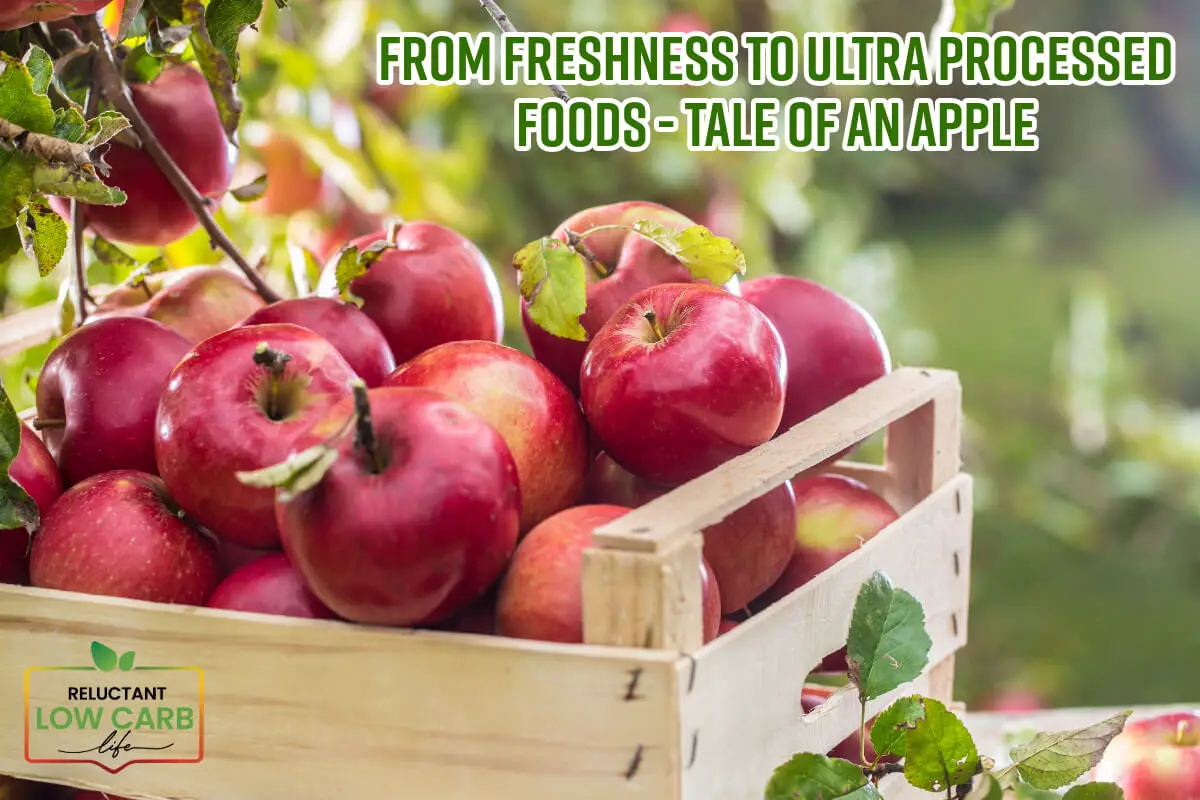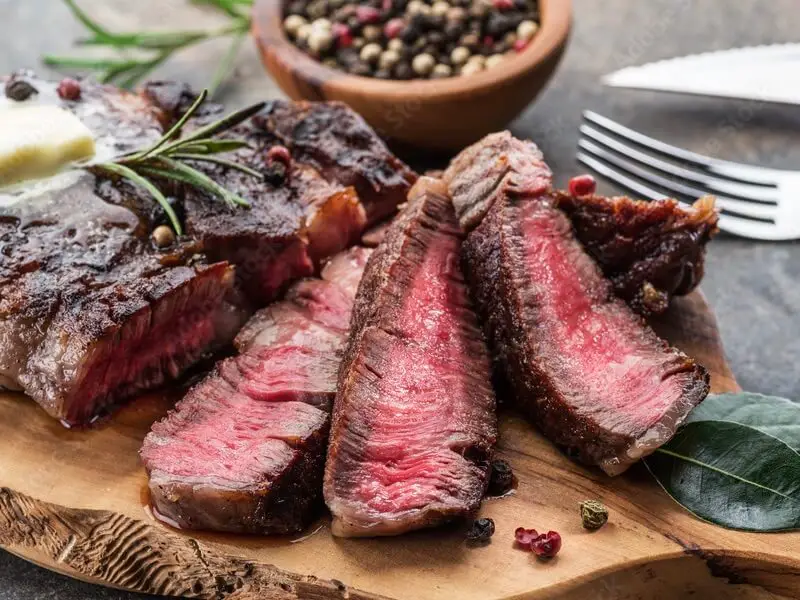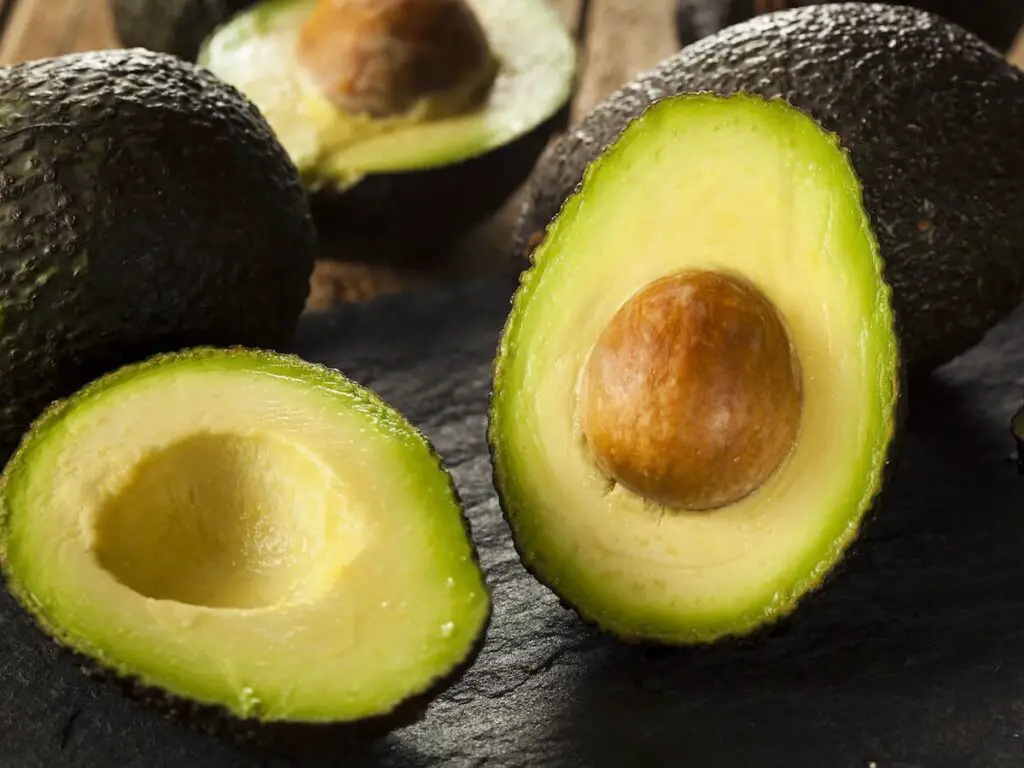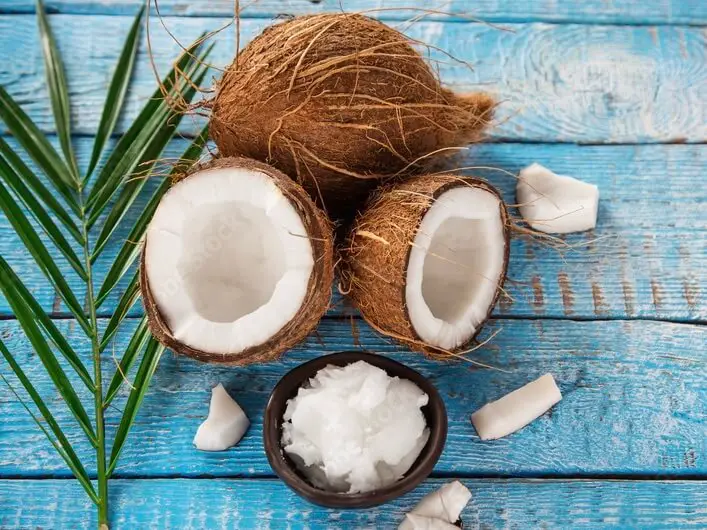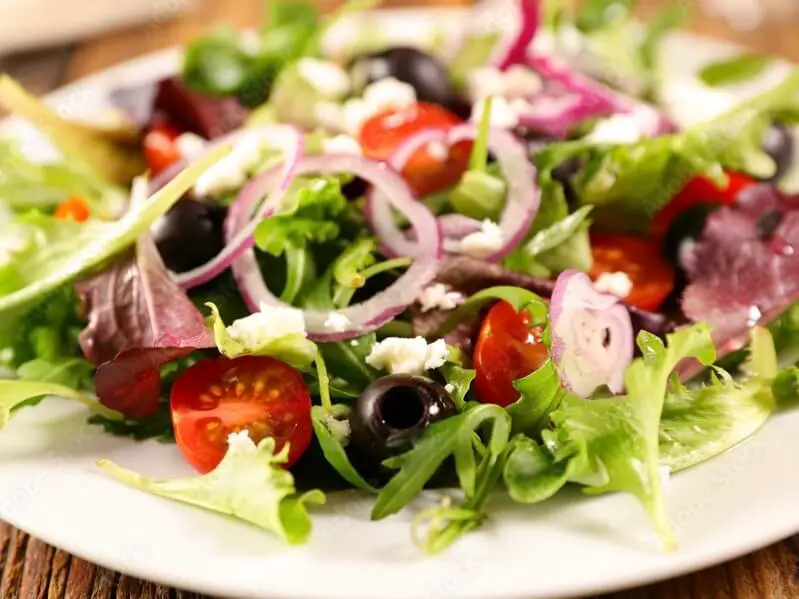In the quest for optimal health and well-being, our discussions frequently revolve around three pivotal elements: the freshness of our food, physical fitness, and fullness or satisfaction of our meals. A critical factor in this equation is our choices about what we eat, especially regarding the consumption of ultra-processed foods (UPFs) and their significant impact on our health. We will illuminate the intricate journey of an apple, a fruit we often consider to be a simple and healthy option, as it transitions from its natural, unprocessed state to becoming an ultra-processed food product.
By examining the evolution of an apple from its raw form to a highly processed entity, we aim to highlight the subtle yet profound changes that occur in our food before it reaches our plates. This exploration is about tracing the processing steps and revealing the broader implications of these changes on nutritional value, health outcomes, and our overall relationship with food. The journey of an apple serves as a microcosm of the food processing world, shedding light on our daily choices and their potential consequences on our health and well-being.
Table of Contents
- The Journey from Freshness to Ultra-Processed: The Tale of an Apple
- The Apple’s Odyssey and Our Health Explored
- Related Question
The Journey from Freshness to Ultra-Processed: The Tale of an Apple
In nutrition and wellness, the dialogue often orbits around the triumvirate of health: freshness, fitness, and fullness. An essential aspect of this conversation involves our consumption choices, particularly the impact of ultra-processed foods (UPFs) on our health.
Through the lens of a seemingly innocuous apple, we will delve into the transformative journey from natural wholesomeness to the realm of UPFs, using the NOVA classification system as our guide. By dissecting the apple’s evolution, we underscore the nuanced complexities of food processing and its implications on our health.
Unprocessed Food – The Raw Apple
At the outset of our journey, the apple stands as a paragon of unprocessed food. Minimal interventions, such as washing and packaging, preserve its natural state, offering a nutrient-rich, fibrous snack.
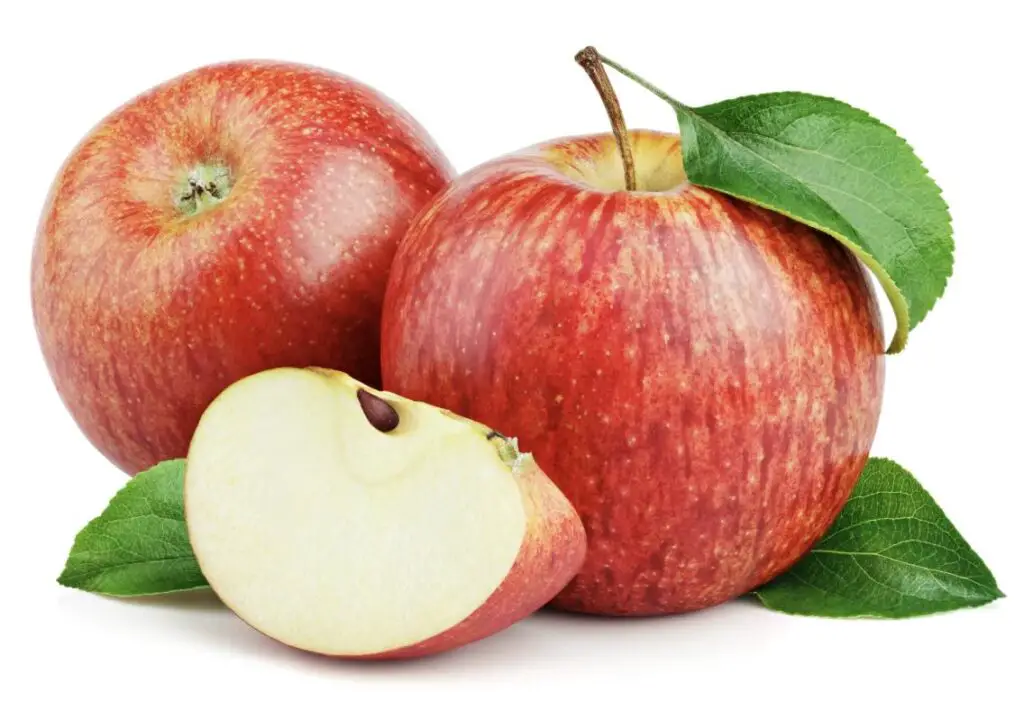
That is why the raw apple is considered to be unprocessed. When you buy an apple from a store or farmers market, and it is as a fruit, skin, and all, you eat it in its most unprocessed form – a raw apple.
Eating a raw apple is undoubtedly the most healthy way to eat an apple.
Processed Ingredients – Precut Apple Slices
Transitioning from the raw apple, we encounter pre-packaged apple slices. Though seemingly minimal, this shift introduces additional processing, including applying preservatives to extend shelf life.
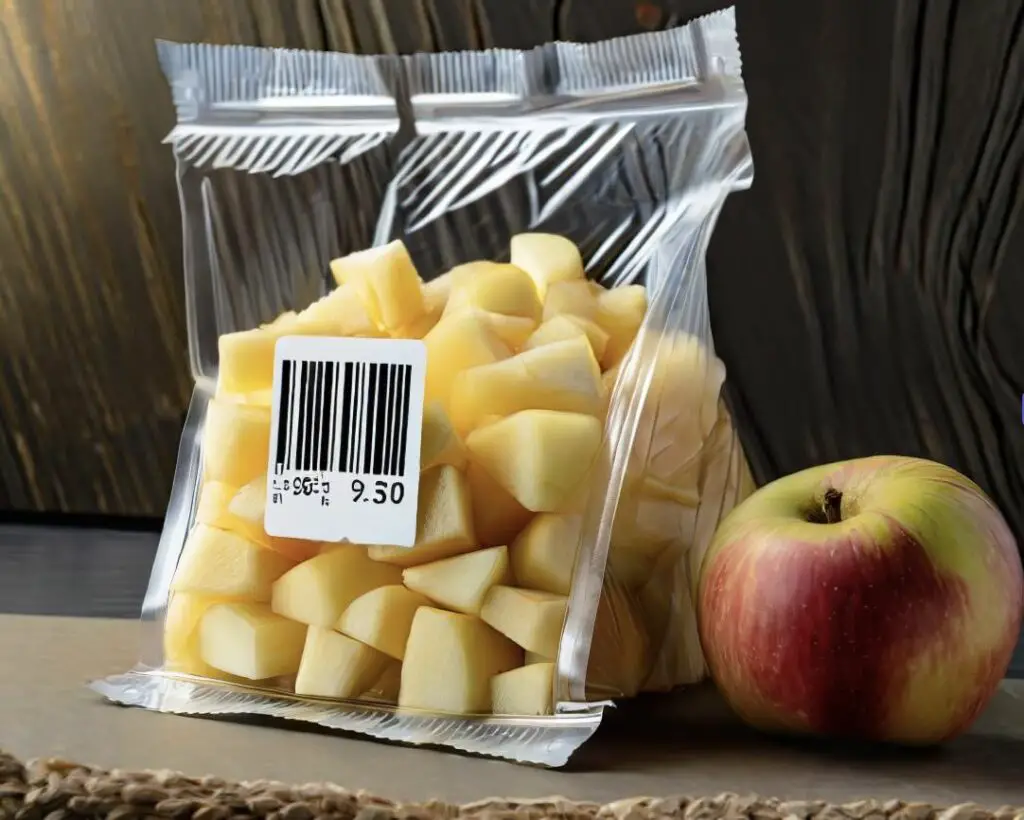
Most of the apple slices you buy will have chemicals or other things. Even if these are minimal, they have chemicals added, making them more processed than eating a raw apple.
Processed Food – Unsweetened Apple Sauce
As we venture further, the apple transforms into unsweetened apple sauce. This transition exemplifies the category of processed foods, where additional ingredients and further processing alter the food’s original form.
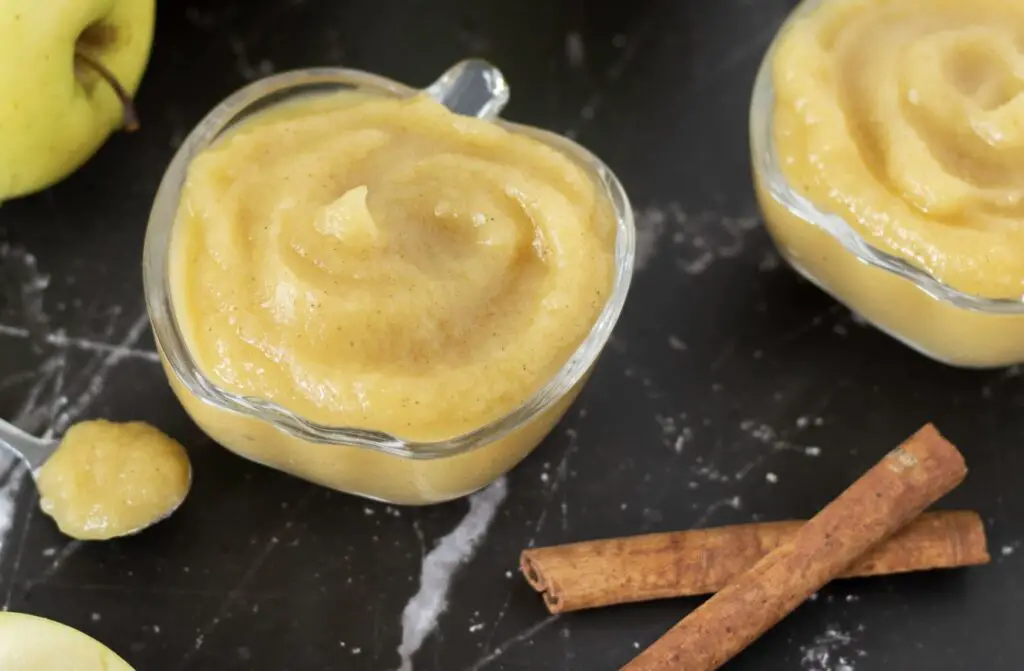
Notice we did not put down sweetened apple sauce, which will probably fall under the ultra-processed category, as so much sugar will be added to the food.
Unsweetened apple sauce, you no longer recognize it as an apple, except it does have the apple taste. Other ingredients are added to the apple, which has also lost much of its fiber and other nutrients.
Ultra Processed Food – McDonald’s Apple Pie
The journey concludes with the apple’s metamorphosis into an apple pie, like a McDonald’s apple pie. Even though we mentioned McDonald’s, you can buy many apple pies in the supermarket or from fast food places.
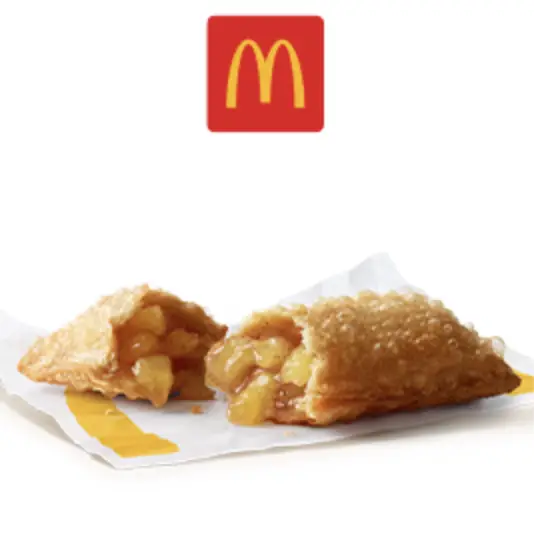
The apple has now become a UItra processed food or UPF. This is characterized by extensive processing and the inclusion of unrecognizable ingredients.
McDonald’s for their apple pie on their website states this about their apple pie:
“McDonald’s Baked Apple Pie recipe features 100% American-grown apples, and a lattice crust baked to perfection and topped with sprinkled sugar. There are 230 calories in McDonald’s apple pie.”
Mc Donalds
But upon closer examination of the ingredients, you can see that even though the apple pie does include some apples, there are also a lot of chemicals in it that you will not recognize in your kitchen. Adding those chemicals and other substances and how the apple is processed makes the apple pie ultra-processed food.
Here is McDonald’s list of ingredients for their apple pie:
Baked Apple Pie
Mc Donald’s Apple Pie Ingredients
Ingredients: Apples (apples, Ascorbic Acid, Salt, Citric Acid), Enriched Flour (bleached Wheat Flour, Niacin, Reduced Iron, Thiamine Mononitrate, Riboflavin, Folic Acid), Sugar, Palm Oil, Water, Apple Juice Concentrate, Modified Food Starch, Invert Syrup, Contains 2% Or Less: Yeast, Salt, Cinnamon, Sunflower Lecithin, L-cysteine (dough Conditioner), Yeast Extract, Enzyme, Beta-carotene (color).
When you look at this list of ingredients in the McDonald’s apple pie, you can see that many ingredients are considered to be chemicals. You will not find many of them in your kitchen or even your grandmother’s kitchen. In fact, if you wanted to duplicate this recipe, you would need to do so in a laboratory and not a kitchen, as there are so many chemicals in the apple pie.
These chemicals and the processing of the apples make McDonald’s apple pie an ultra-processed food.
The Trifecta of Health and the Role of Food
The pursuit of health is multifaceted, encompassing the freshness of our ingredients, physical fitness, and the satiety our meals provide. However, infiltrating ultra-processed foods into the modern diet poses significant challenges to achieving this balance.
While occasional consumption of UPFs may be benign, their dominance in Western diets can have detrimental health effects. Through the example of an apple, we explore the gradations of food processing and their health ramifications.
The Apple’s Odyssey and Our Health Explored
The apple’s odyssey from its natural, unprocessed state to an ultra-processed product elucidates the incremental health sacrifices made at each food processing step. This exploration serves as a cautionary tale and a call to action, urging a reevaluation of our food choices and consumption patterns.
By prioritizing freshness and minimizing our intake of UPFs, we can navigate towards a healthier, more sustainable diet that honors the trifecta of health: freshness, fitness, and fullness.
In delving into the apple’s journey, we are reminded of the broader implications of our food choices for our health and the environment. We aim to foster a deeper understanding of the complexities surrounding food processing and to inspire more informed dietary decisions in our pursuit of holistic health.
You Can Listen To Our Podcast About Apple Evolution: From Orchard to Ultra-Processed Plate
Below or By clicking here.
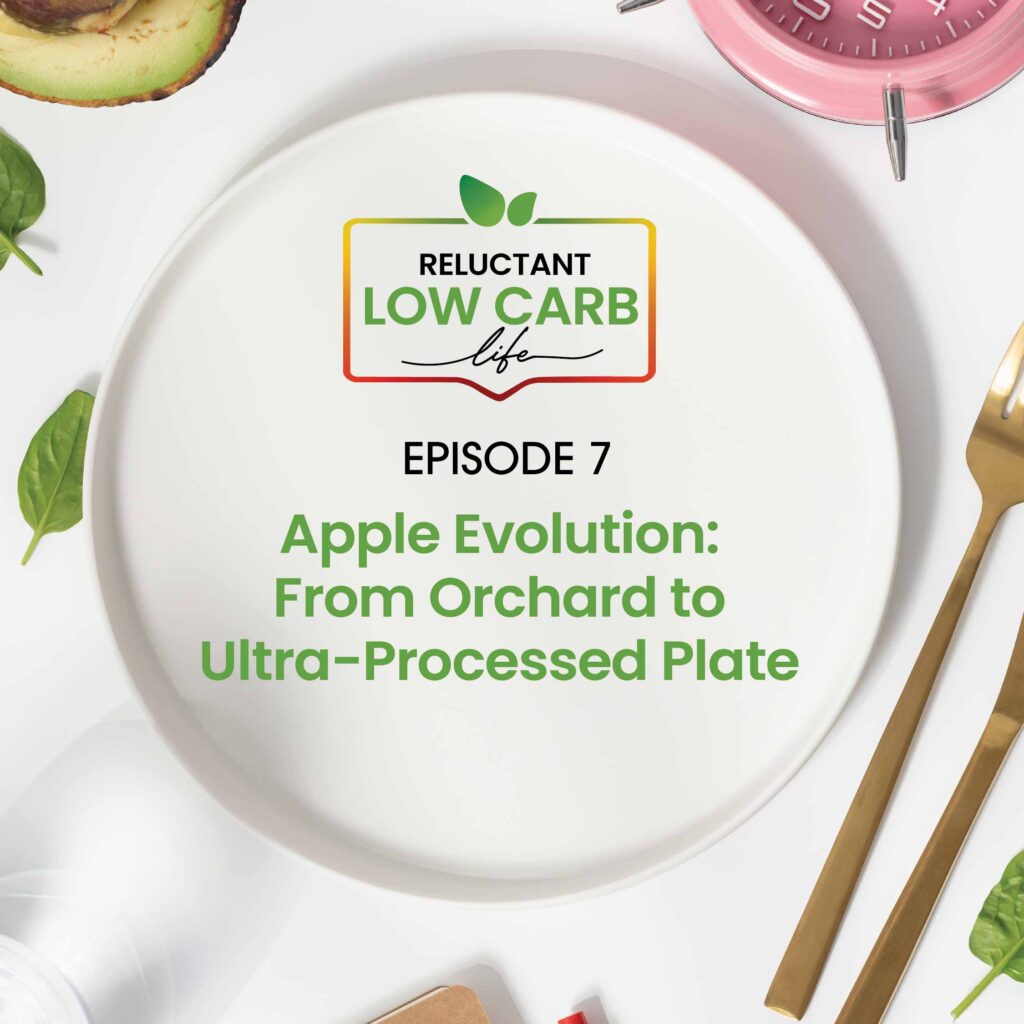
At Reluctant Low Carb Life, we are staunch advocates of the Health Trifecta: Fullness, Fitness, and Freshness. Additionally, we embrace the pillars of health, wellness, and graceful aging. Our mission is to provide honest and precise information to individuals dedicated to adopting a healthy lifestyle while enhancing their fitness and well-being.
We have a free monthly newsletter that is filled with information and helps you remain updated. Subscribe to the Reluctant Low Carb Life newsletter by clicking here.
Listen to our weekly podcast, Reluctant Low Carb Life, on all the major podcast platforms by clicking here.
Follow us on Instagram and Facebook by clicking here.
Related Question
Is Nordic Walking Good For Weight Loss?
Nordic walking is good for weight loss, and there are also many other benefits to adding Nordic poles to your overall walking routine. But no matter how good a Nordic exercise walking is, exercise alone will not help you to be able to lose weight. To lose weight, you must make changes in your diet and lifestyle. We recommend a low-carb and keto lifestyle to help you make changes to benefit your overall health.
You can read more about Is Nordic Walking Good For Weight Loss? by clicking here.
How Long Does It Take To Lose 50 Pounds With A Keto Diet?
When many start a new diet, they want to know how long it will take them to lose weight. We have all done this where we will try to calculate how many weeks it will take us to lose a certain amount of weight.
You can read more about How Long Does It Take To Lose 50 Pounds With A Keto Diet? by clicking here.
The Miracle Of Weight Loss Explored
The miracle of weight loss is that when we can all lose weight, and when we do, our bodies will often start to self-correct themselves. On average, a person will gain 2 pounds per year. Over the years, the pounds will begin to add on. The miracle of weight loss is that we can get our act together, and in a short time, we can lose all the weight we have gained over the years.
You can read more about The Miracle Of Weight Loss Explored by clicking here.
